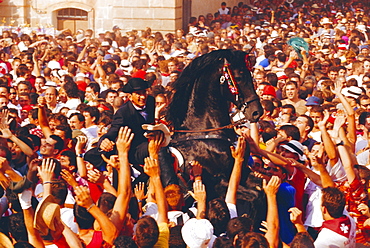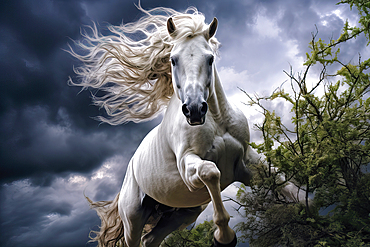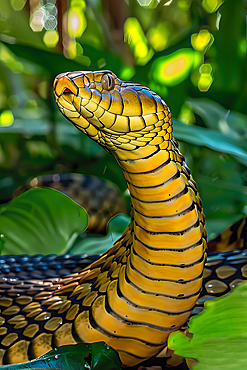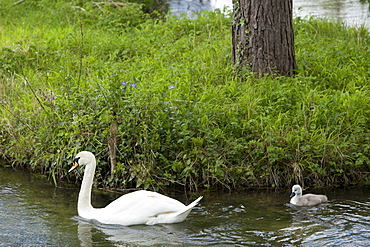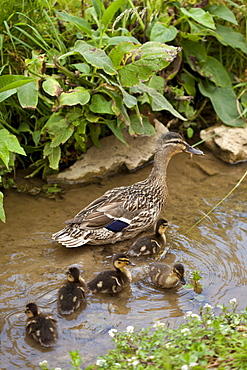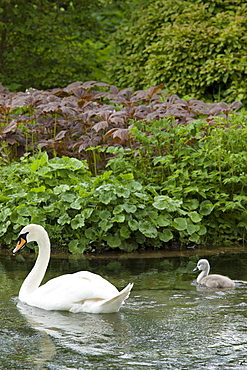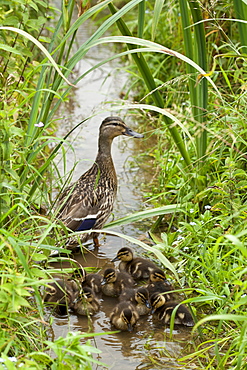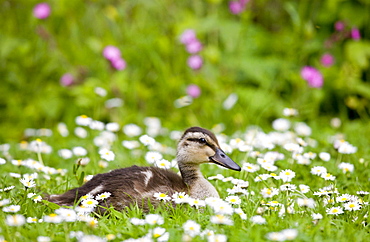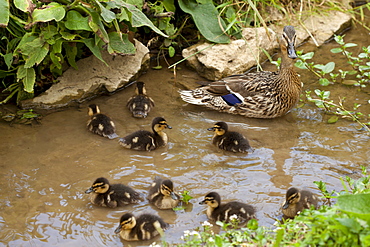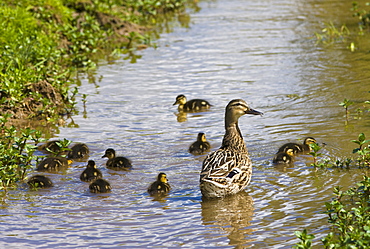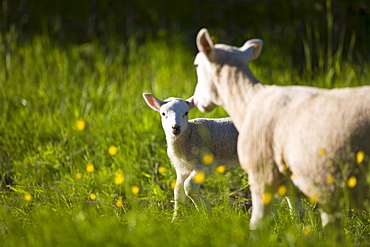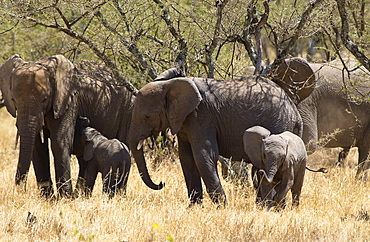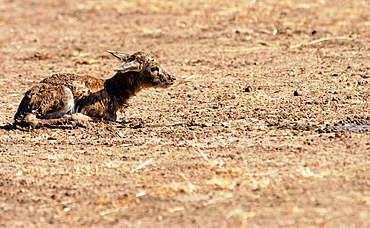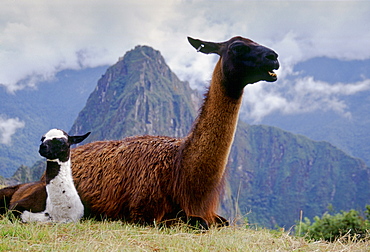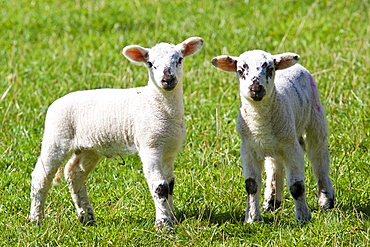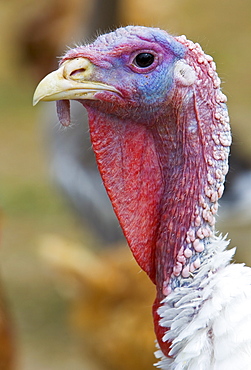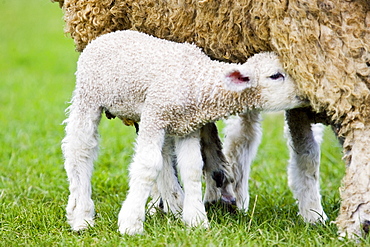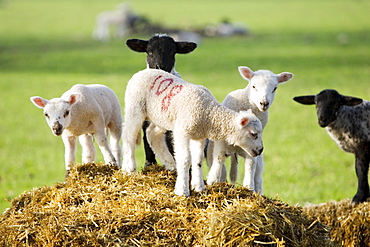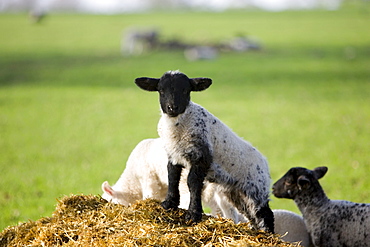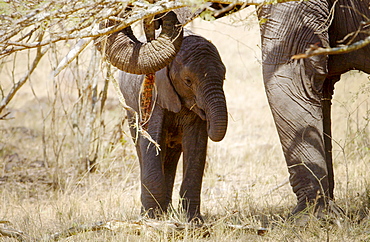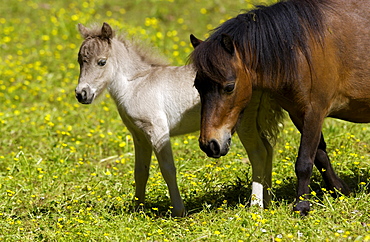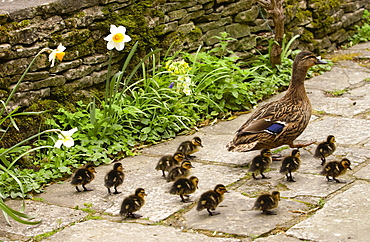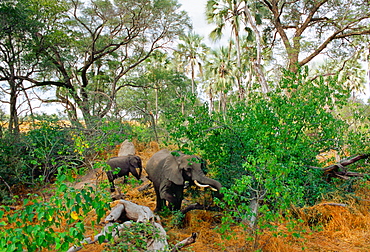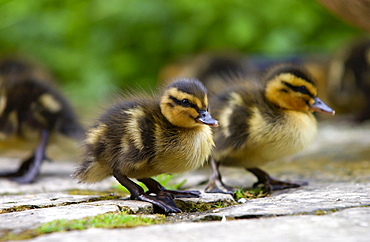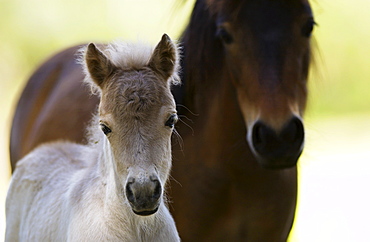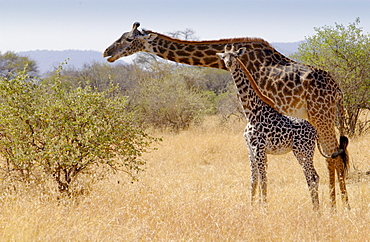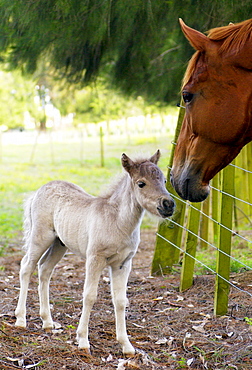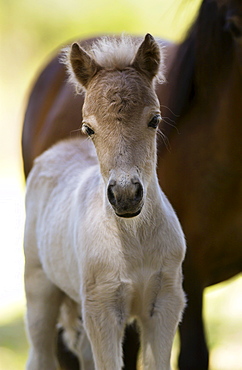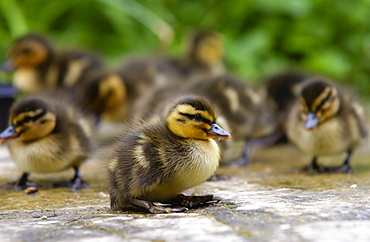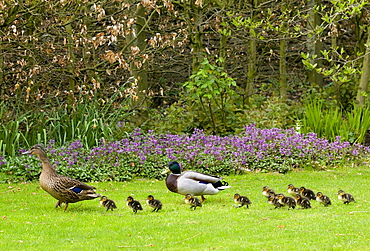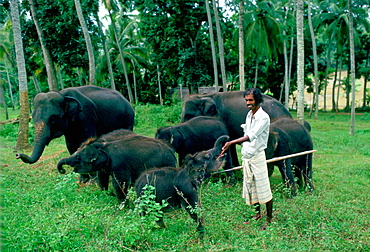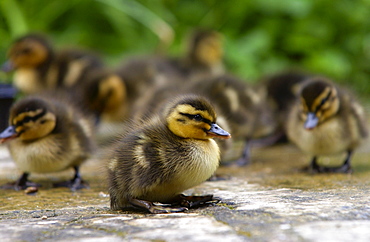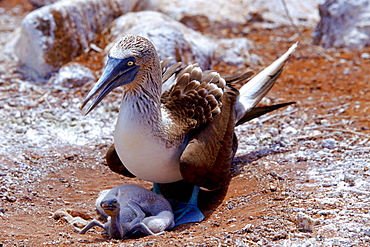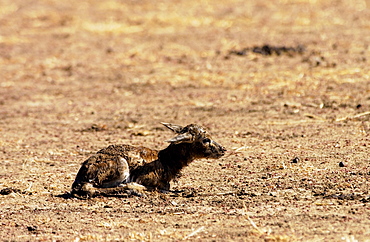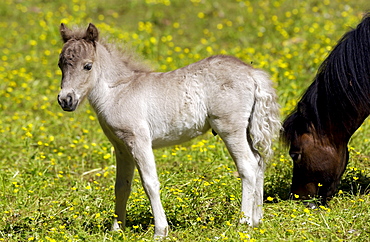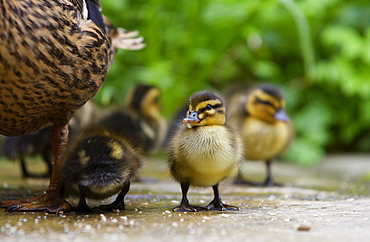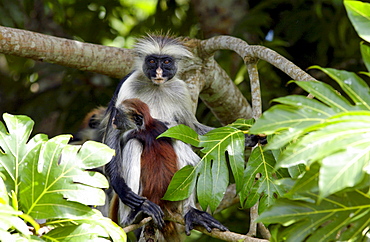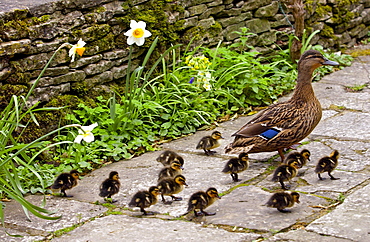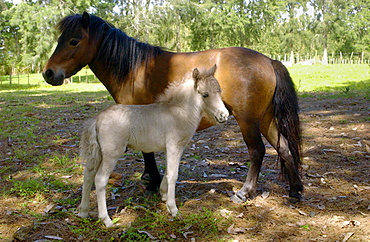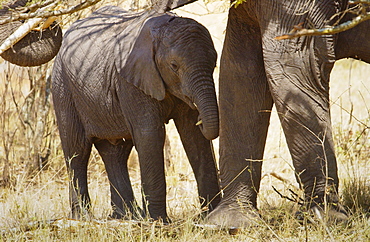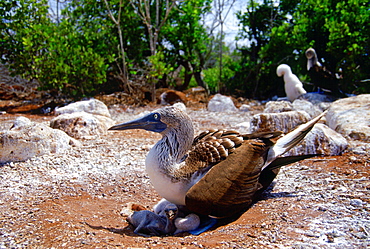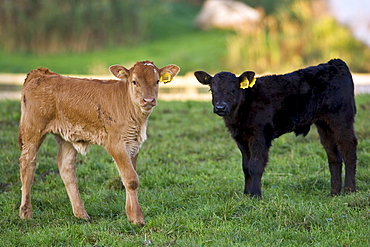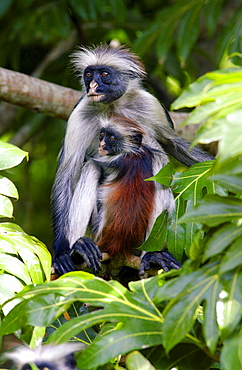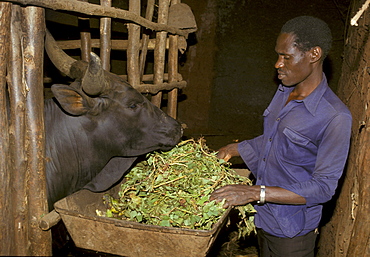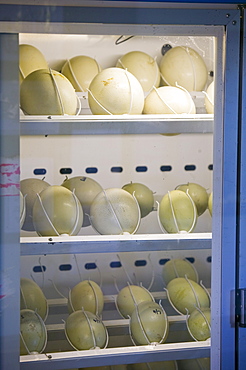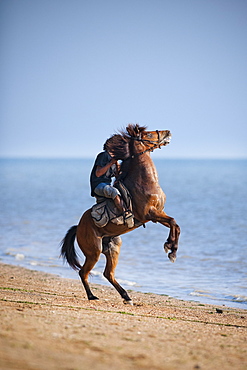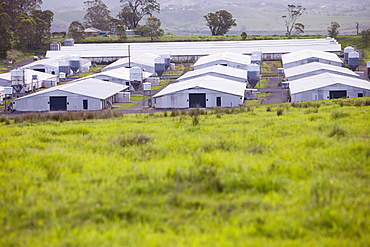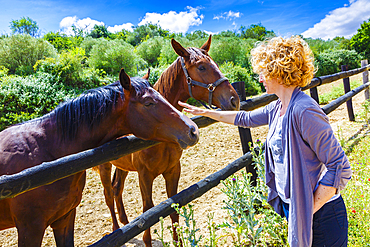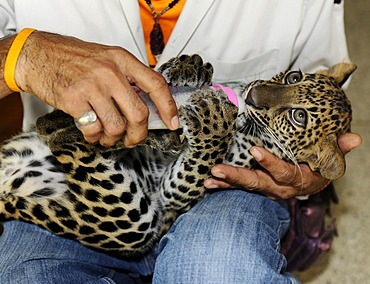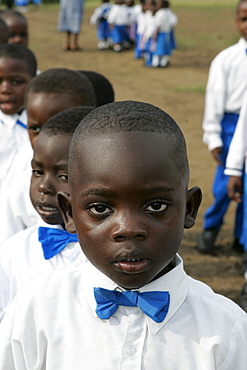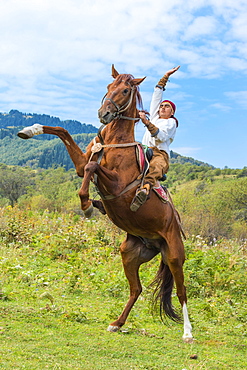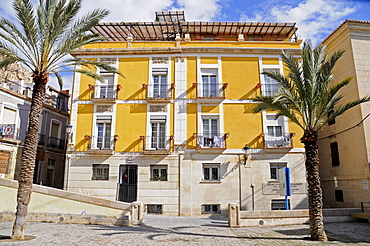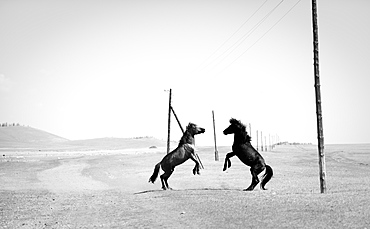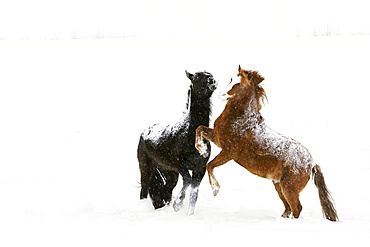Results
68 results found
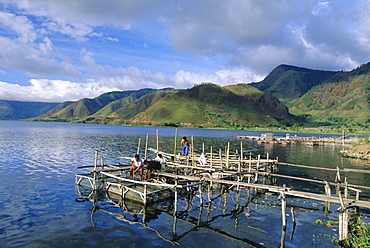
Fish rearing cages on northern tip of Lake Toba, the largest lake in SE Asia, Tongging, Lake Toba, Sumatra, Indonesia
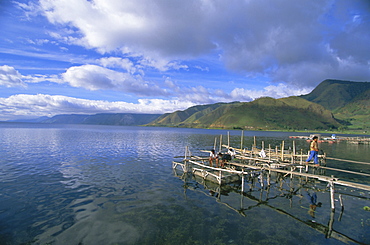
Fish rearing cages, Tongging, northern tip of Lake Toba, Southeast Asia's largest lake, North Sumatra, Sumatra, Indonesia, Southeast Asia, Asia

Adult king penguin (Aptenodytes patagonicus) in the act of feeding chick on South Georgia Island, Southern Ocean, Polar Regions
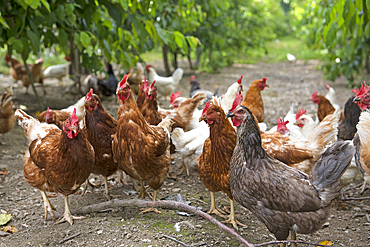
Rearing laying hens in a cherry orchard, Lerchnhof Farm Inn, Valdaora di Sotto, South Tyrol (Alto Adige), Italy
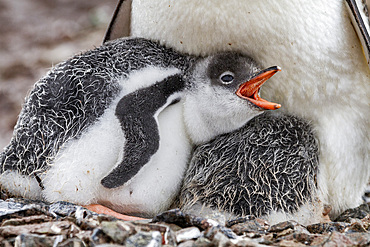
Gentoo penguin (Pygoscelis papua) adult with chicks on Cuverville Island, Antarctica, Southern Ocean, Polar Regions
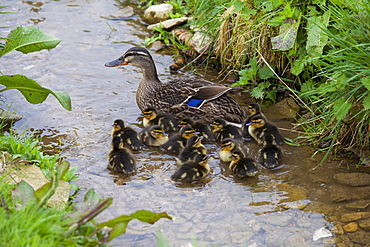
Female mallard duck with newly hatched ducklings, Anas platyrhynchos, on a stream in springtime at Swinbrook, the Cotswolds, UK
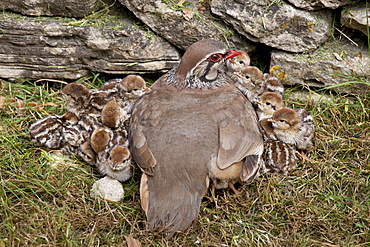
Red-Legged Partridge hen (French Partridge) Alectoris rufa, with newborn chicks, one under wing, The Cotswolds, UK
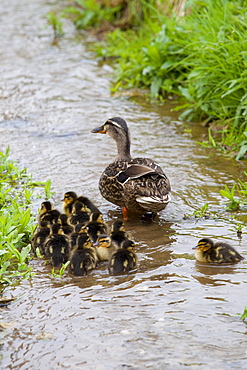
Female mallard duck with 14 newly hatched ducklings, Anas platyrhynchos, on a stream in springtime at Swinbrook, the Cotswolds, UK
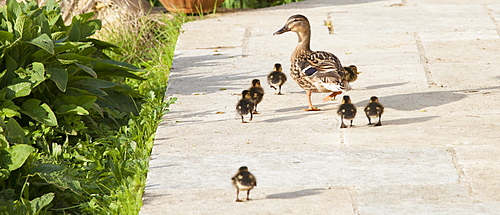
Female mallard duck with new ducklings, Anas platyrhynchos, strolling on garden patio in springtime at Swinbrook, the Cotswolds, UK
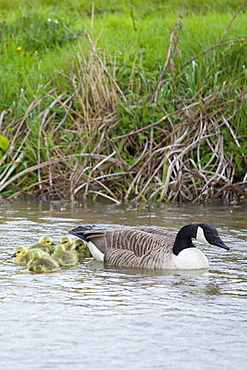
Female Canada Goose, Branta canadensis, with young goslings, on River Windrush at Swinbrook, the Cotswolds, UK
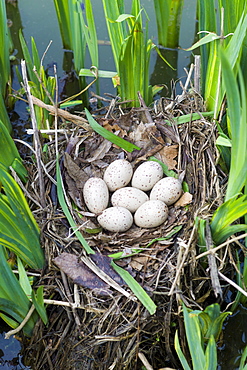
Moorhen's nest, with seven eggs laid, made with twigs among iris plants in a pond in Swinbrook, the Cotswolds, Oxfordshire, UK
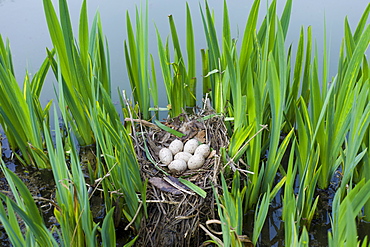
Moorhen's nest, with seven eggs laid, made with twigs among iris plants in a pond in Swinbrook, the Cotswolds, Oxfordshire, UK
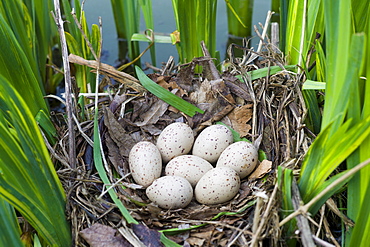
Moorhen's nest, with seven eggs laid, made with twigs among iris plants in a pond in Swinbrook, the Cotswolds, Oxfordshire, UK
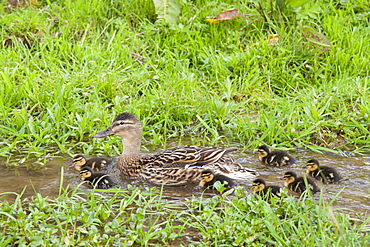
Female mallard duck with new ducklings, Anas platyrhynchos, on a stream in springtime at Swinbrook, the Cotswolds, UK
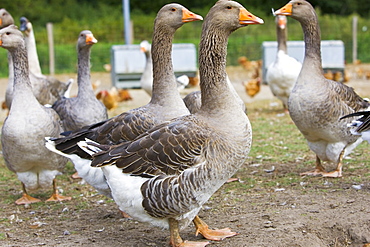
Fattened Toulouse Geese, France. Free-range birds may be at risk if Avian Flu (Bird Flu Virus) spreads
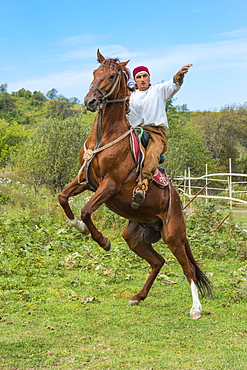
Man on a rearing horse, Kazakh ethnographical village Aul Gunny, Talgar city, Almaty, Kazakhstan, Central Asia, Asia
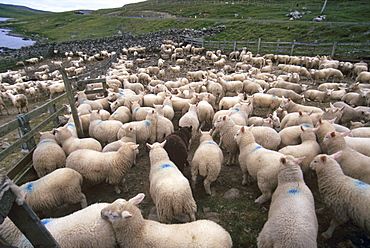
Sheep rearing is one of the main economic activities in Shetland, an important part of the crofting system, Shetland Islands, Scotland, United Kingdom, Europe
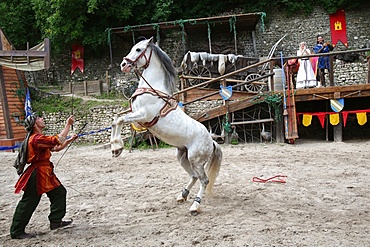
The legend of the knights, the medieval festival of Provins, UNESCO World Heritage Site, Seine-et-Marne, Ile-de-France, France, Europe

Red Kangaroo (Macropus rufus) adult female and young, Tibooburra, Sturt National Park, New South Wales, Australia
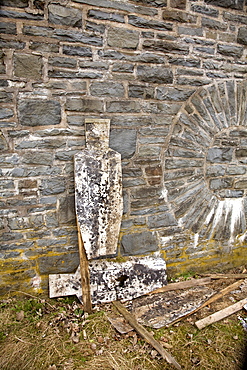
Wooden targets used by the Belgian army, former NS-Ordensburg Vogelsang (National Socialist estate), Eifel, North Rhine-Westphalia, Germany, Europe

Staircase, former NS-Ordensburg Vogelsang (National Socialist estate), Eifel, North Rhine-Westphalia, Germany, Europe
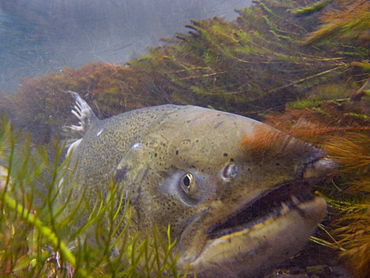
November 7, 2008 Mt Shasta CA A spawned-out Chinook salmon watches over her redd in the Shasta River where it runs through Big Springs Ranch about 2 miles north of the town of Mt Shasta. The ranch, which is contributing to degraded habitat conditions, which actually warm water tempt by upwards of 10 degrees as the river passes through the ranch and then spills into the Klameth, is currently under contract for purchase by TNC, therefor TNC and partner organizations have been allowed to research this stretch of river for the first time. They have discovered that is it a very fertile juvenile rearing area and that there are a surprising number of returning salmon in spite of habitat degraded by grazing cattle (often in the river) and irrigation practices. If this purchase is successful, TNC has the chance to improve a large stretch of habitat and quickly improve conditions that will effect numbers of returning fish and habitat in the Shasta and Klameth Rivers. In California, The Nature Conservancy is focusing its efforts on protecting the Shasta River and its tributaries, which create one of the most important spawning nurseries for Chinook salmon in the entire Klamath Basin, United States of America
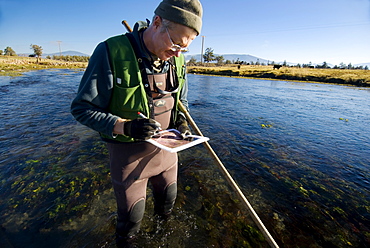
Mt Shasta CA, Big Spring Ranch Bill Chesney from the CA Dept of Fish & Game counting redds in a stretch of river that is heavily grazed by cattle who have full access to the river and often drink and eat in it. Mt Shasta in the background. The Shasta River runs through Big Springs Ranch about 20 miles north of the town of Mt Shasta. The ranch, which is contributing to degraded habitat conditions, and actually warming water temps by upwards of 10 degrees as the river passes through the ranch and then spills into the Klameth, is currently under contract for purchase by TNC. Since the contract began, TNC and partner organizations have been allowed to research this stretch of river for the first time. They have discovered that is it a very fertile juvenile rearing area and that there are a surprising number of returning salmon in spite of habitat degradation by grazing cattle (often in the river) and irrigation practices. If this purchase is successful, TNC has the chance to improve a large stretch of habitat and quickly improve conditions that will effect numbers of returning fish and habitat in the Shasta and Klameth Rivers. The Shasta River and its tributaries create one of the most important spawning nurseries for Chinook salmon in the entire Klamath Basin, United States of America

November 12, 2008 Mt Shasta CA, Big Springs ranch The Shasta River as it runs through Big Springs Ranch about 20 miles north of the town of Mt Shasta. The Shasta River and its tributaries create one of the most important spawning nurseries for Chinook salmon in the entire Klamath Basin. The ranch is contributing to degraded habitat conditions, which actually warm water temps by upwards of 10 degrees as the river passes through the ranch and then spills into the Klameth River.This stretch of river is a very fertile juvenile salmon rearing area and that there are a surprising number of returning salmon in spite of habitat degraded by grazing cattle and bad irrigation practices, United States of America
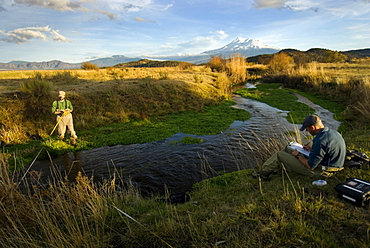
November 12, 2008 Mt Shasta CA, Big Springs ranch Carson Jeffres (rt) Staff Research Associate for UC Davis Center for watershed Sciences, and Andrew Nichols, Jr Specialist (UC Davis Center for watershed Sciences,) conducting research in the Shasta River where it runs through Big Springs Ranch about 20 miles north of the town of Mt Shasta. The ranch, which is contributing to degraded habitat conditions that warm water temps by upwards of 10 degrees as the river passes through the ranch and then spills into the Klameth, is currently under contract for purchase by TNC, therefor TNC and partner organizations have been allowed to research this stretch of river for the first time. They have discovered that is it a very fertile juvenile rearing area and that there are a surprising number of returning salmon in spite of habitat degrated by grazing cattle (often in the river) and irrigation practices. If this purchase is sucessful, TNC has the chance to improve a large stretch of habitiat and qucikly improve conditions that will effect numbers of returning fish and habitiat in the Shasta and Klameth Rivers. The Shasta River and its tributaries create one of the most important spawning nurseries for Chinook salmon in the entire Klamath Basin, United States of America
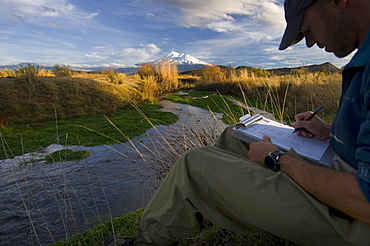
November 12, 2008 Mt Shasta and the Shasta River, Big Springs ranch, CA Carson Jeffres Staff Research Associate for UC Davis Center for watershed Sciences, conducting research in the Shasta River where it runs through Big Springs Ranch about 20 miles north of the town of Mt Shasta. The Shasta River and its tributaries create one of the most important spawning nurseries for Chinook salmon in the entire Klamath Basin. The ranch is contributing to degraded habitat conditions, which actually warm water temps by upwards of 10 degrees as the river passes through the ranch and then spills into the Klameth River.This stretch of river is a very fertile juvenile salmon rearing area and that there are a surprising number of returning salmon in spite of habitat degraded by grazing cattle and bad irrigation practices, United States of America

November 7, 2008 Mt Shasta CA A spawned-out Chinook salmon watches over her redd in the Shasta River where it runs through Big Springs Ranch about 2 miles north of the town of Mt Shasta. The ranch, which is contributing to degraded habitat conditions, which actually warm water tempt by upwards of 10 degrees as the river passes through the ranch and then spills into the Klameth, is currently under contract for purchase by TNC, therefor TNC and partner organizations have been allowed to research this stretch of river for the first time. They have discovered that is it a very fertile juvenile rearing area and that there are a surprising number of returning salmon in spite of habitat degraded by grazing cattle (often in the river) and irrigation practices. If this purchase is successful, TNC has the chance to improve a large stretch of habitat and quickly improve conditions that will effect numbers of returning fish and habitat in the Shasta and Klameth Rivers. In California, The Nature Conservancy is focusing its efforts on protecting the Shasta River and its tributaries, which create one of the most important spawning nurseries for Chinook salmon in the entire Klamath Basin, United States of America

